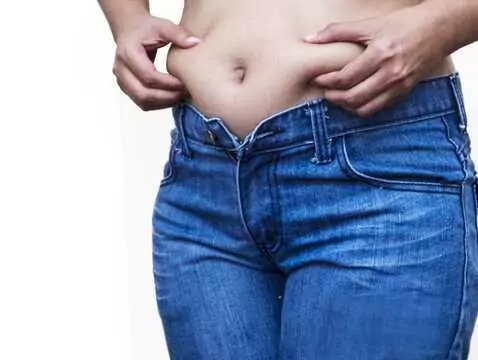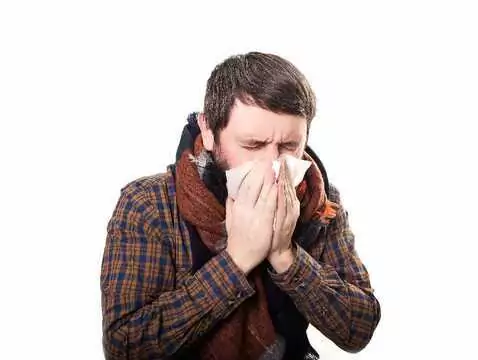The World Health Organisation (WHO) recognises physical activity as an essential and fundamental condition for preventive health care.
It can be implemented in various forms. Nowadays, dance has become very popular as it improves a person's motor skills and motor coordination. There are many possibilities to learn how to dance; it all depends on what effect we want to achieve and what shape we are in.
DMT (Dance Movement Psychotherapy) has been found to be helpful in the treatment of many illnesses, including eating disorders (bulimia, anorexia), personality disorders, depression, addictions, ADHD, Parkinson's disease, neuroses and post-traumatic stress. The people who benefit most from dance therapy are those who have problems expressing their feelings and emotions and experience an inability to trust and be close to others.
Movement to soft music helps to relax, reduce tension and stress and stimulates the immune system. Like any physical activity, it promotes the secretion of endorphins - the happiness hormones - in the body. Dancing improves blood circulation, increases lung capacity, strengthens the nervous system and influences the body's internal balance. Exercising to music teaches control over one's own body and strengthens the weaker parts of the body.

photo ojoimages
According to psychologists, when dancing, the work of both cerebral hemispheres is synchronised, which improves concentration, communication and contributes to faster recall of information. Dancing is a process that stimulates the mental and physical activity of a person. Dance movement helps to overcome feelings of shyness and develops a person's creative abilities. In addition, it promotes integration with other people.









